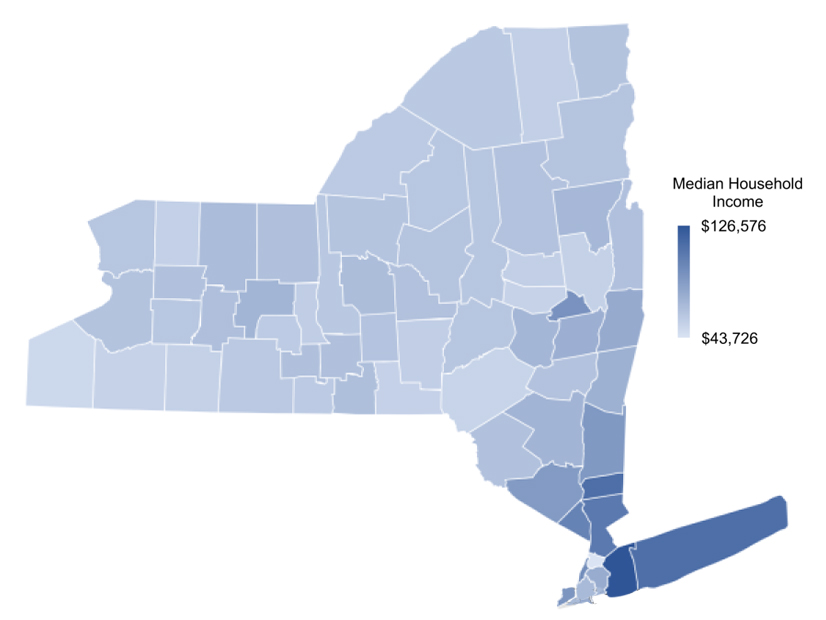Members of the West-Wide Governance Pathway Initiative working to establish a single Western RTO last week heard summaries of five potential options for creating a new governing body that could be independent of CAISO.
Members of the initiative’s Launch Committee emphasized that the options are not formal proposals or recommendations, but rather should be used to further discussion.
The group is seeking input on whether each option is independent, what the benefits and costs are, and whether it offers what California Community Choice Association’s Evelyn Kahl says could be the most important factor — equitable representation across the West.
“That’s been an issue to date and it’s certainly something we’re looking to solve,” said Kahl, CalCCA’s general counsel and director of policy, at the Dec. 15 meeting.
The launch committee hopes to address a host of other questions in the consideration of each option, including if the proposed governance structure facilitates growth of market services, allows participants autonomy to choose from those services and allows balancing authority areas to maintain independence.
Spencer Gray, executive director of the Northwest and Intermountain Power Producers Coalition, said the committee spent the last few months scoping out governance structures.
Five Governance Options
The five options offer varying degrees of independence from CAISO on a continuum between two “bookends”: the status quo and what it called “an abrupt full transition to an RTO.”
The current rules, all under CAISO’s tariff, give the WEIM governing body shared voting authority with the CAISO board, but CAISO holds a limited veto, with the right to file proposed market rules with FERC under Federal Power Act Section 205.
“Option 0” would continue the CAISO board’s and WEIM Governing Body’s shared authority over market rules but eliminate CAISO’s veto rights, requiring the filing of both proposals if the ISO and WEIM differ. Other examples of such a dual filing mechanism include the “jump ball” provision between ISO-NE and the New England Power Pool, and 205 filing rights held by the Regional State Committee of SPP and the Organization of MISO States over transmission cost allocation.
The four remaining options require the creation of a new corporate entity, referred to in the Initial Evaluation Framework as a regional organization (RO).
Option one is “the least amount of change possible to incrementally increase the autonomy of the EIM Governing Body,” according to Gray. It would place governance explicitly under the structure of the new RO, which would have primary voting rights and shared filing rights with CAISO, meaning they could file competing proposals.
Option two, although still under the CAISO tariff, gives the RO sole authority over market rules and eliminates CAISO’s filing and voting rights.
Option three starts to “pull apart the tariff,” according to Gray. In addition to having sole authority over market rules, voting and filing, the RO would establish its own tariff, while contracting with CAISO to operate its markets and services. CAISO also would maintain responsibility for balancing authority area operations, transmission planning and generator interconnection procedures. Gray raised the concern that this model could require duplication of interrelated tariff provisions for the RO and CAISO.
Under the final option, rather than contracting CAISO for services, the RO would absorb CAISO staff and operate the markets and services itself.
Gray said the committee rejected consideration of the “abrupt RTO transition” bookend following the failure of legislative efforts to transform CAISO into a multistate RTO independent of California.
“We’ve tried to absorb more seriously the lessons of the recent legislative effort for an abrupt transition to a full RTO from the CAISO,” Gray said. “It doesn’t leave California and the CAISO balancing authority the kind of decision of whether to join the new regional organization that other balancing authorities outside of California … would be able to exercise or enjoy. So, we’re trying to think through as a Launch Committee the options that we’ve scoped and if they preserve that option both within California and outside.”
The committee is planning to hire legal counsel to provide advice on potential legal barriers associated with the options. Key questions include, “does the option we’re considering require California legislative action, and if it does, what’s the scope of the action?” said Kahl. But the first question they’ll consider is whether the options they’re considering are consistent with existing FERC orders and regulations.
Stakeholder Feedback
There was wide approval of the overall process among stakeholders.
“This is really giving us the best and clearest path to markets to maximize value to the ratepayers,” said Conner Reiten, vice president of government affairs with PNGC Power. “We’re really encouraged by the quick pace that this is coming together … but I think what’s clear and what we’re finding is that there is a really new, really good opportunity for a single West-wide market to come into place.”
Marc Joseph, the Launch Committee’s labor representative, echoed Gray’s concerns about the bookend option. He said he opposed the legislative effort to transform CAISO into a regional organization because it would have resulted in exporting thousands of the jobs required to build new generation and transmission outside of California.
“We’re supporting the Pathways Initiative because the options that are under consideration could create cost savings and increase reliability without exporting California jobs,” he said.
California Public Utilities Commission President Alice Reynolds also showed support.
“California is very engaged in this effort and thinking about the West-wide benefits for reliability and for customers,” she said. “I just wanted to emphasize how important that is to California and how interested we are in increasing cooperation among Western states.”


